Affiliate links on Android Authority may earn us a commission. Learn more.
HiSilicon: What you need to know about HUAWEI's chip design unit
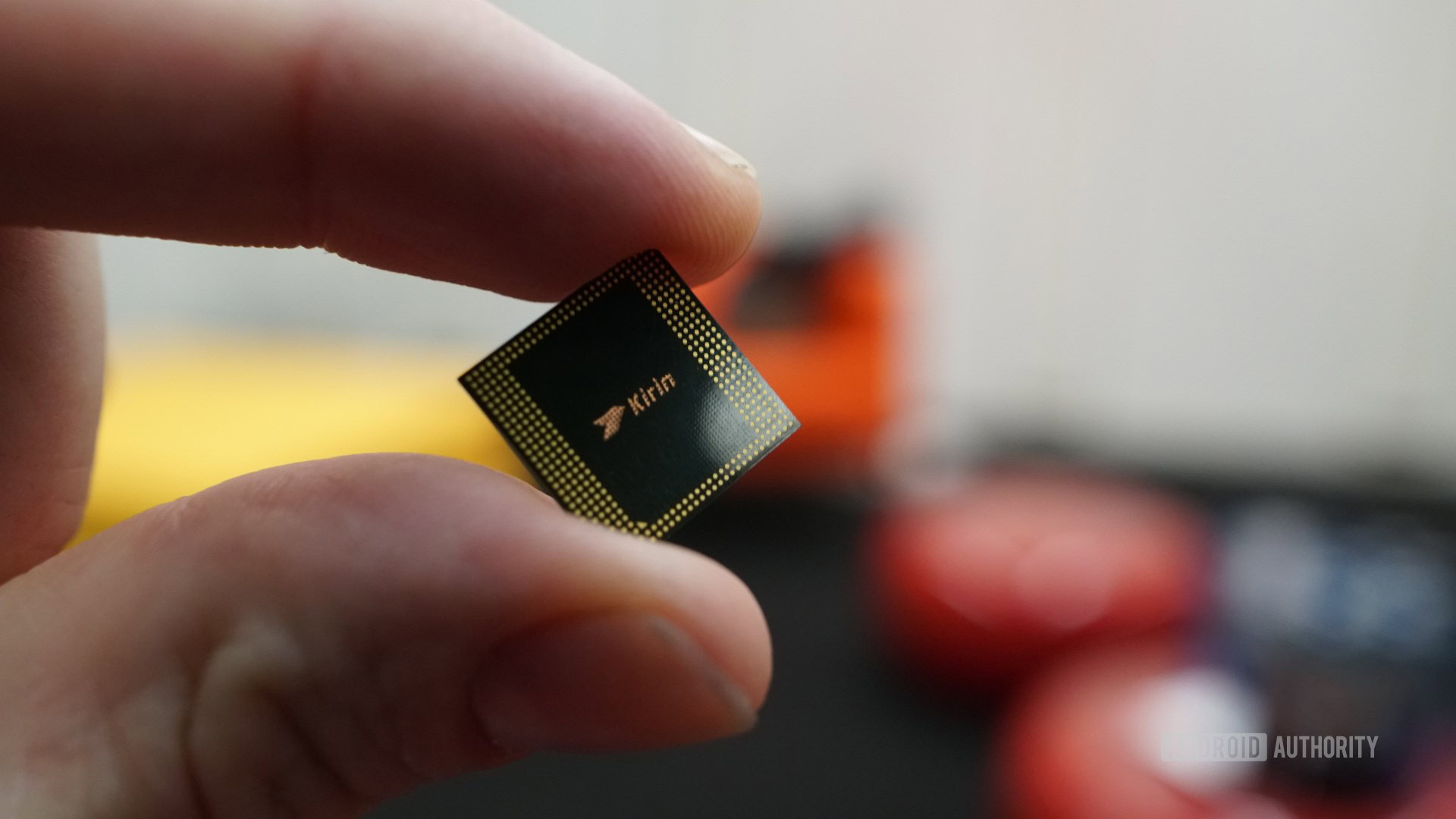
In just a few short years, HUAWEI shot to a household smartphone brand name but is now suffering the fallout of the US trade ban. There’s still a decent chance you’re reading this on one of the company’s phones, but HUAWEI has gradually slipped down the global shipments rankings. If you’re using a HUAWEI phone, you might also be running all your apps on a Kirin system-on-a-chip (SoC) developed by HiSilicon, the HUAWEI-owned fabless semiconductor company based out of Shenzhen, China. Although with sanctions continuing to bite, the outlook for HiSilicon is increasingly uncertain in 2021 and beyond, which we’ll get into a little later.
What is an SoC? Here’s everything you need to know about smartphone chipsets
Just like major rivals Apple and Samsung, HUAWEI designs its own processors. Doing so gives the company more control over how hardware and software interact with each other, resulting in products that punch above their weight, specification wise. In that sense, HiSilicon has become an indispensable part of HUAWEI’s mobile success. The range of HiSilicon processors has expanded over the years, covering not just flagship products, but the mid-range too.
Here’s everything you’ll ever want to know about HiSilicon, HUAWEI’s chip designing company.
A quick history of HiSilicon
HUAWEI is a veteran in the telecommunications business. The company was founded in 1987 by former People’s Liberation Army engineer Ren Zhengfei. This fact has weighed heavily on the US government’s attitude towards the company — historically and even more recently with 2020’s trade embargo controversy.
HUAWEI established its handset division in 2003 and shipped its first phone, the C300, in 2004. In 2009, the HUAWEI U8820, also known as the T-Mobile Pulse, was the company’s first Android phone. By 2012 HUAWEI launched its first 4G smartphone, the Ascend P1. Before smartphones, HUAWEI provided telecommunication networking equipment to customers around the world, which remains a core part of its business today.
In 2011, Richard Yu, current HUAWEI CEO, decided that HiSilicon should build in-house SoCs to differentiate its smartphones.
HiSilicon was founded in 2004 to design various integrated circuits and microprocessors for its range of consumer and industry electronics, including router chips and modems for its networking equipment. It wasn’t until Richard Yu became the head of HUAWEI in 2011 — a position he retains to this day — that the company started looking at SoC design for phones. The rationale was simple; custom chips allow HUAWEI to differentiate itself from other Chinese manufacturers. The first notable Kirin mobile chip was the K3 series in 2012, but HUAWEI continued to use chips from other silicon companies in most of its smartphones at the time. It wasn’t until 2014 that today’s Kirin brand of mobile chips appeared. The Kirin 910 powered the company’s HUAWEI P6 S, MediaPad, and Ascend P7.
Related: How long do chipmakers support their processors for Android updates?
Just like other smartphone chip designers, HiSilicon’s processors are based on the Arm CPU architecture. Unlike Apple, HiSilicon doesn’t create customized CPU designs based on the Arm architecture. Instead, the company opts for off-the-shelf parts from Arm — such as the Cortex-A77 CPU and Mali GPUs — to integrate into its solutions alongside other in-house developments, including 5G modems, image signal processors, and machine learning accelerators.
HUAWEI doesn’t sell HiSilicon smartphone chips to third parties. It only uses them inside its own smartphones. Despite this, the chips are still seen as serious competition by the other big players in the market.
HiSilicon, HUAWEI, and the US trade embargo
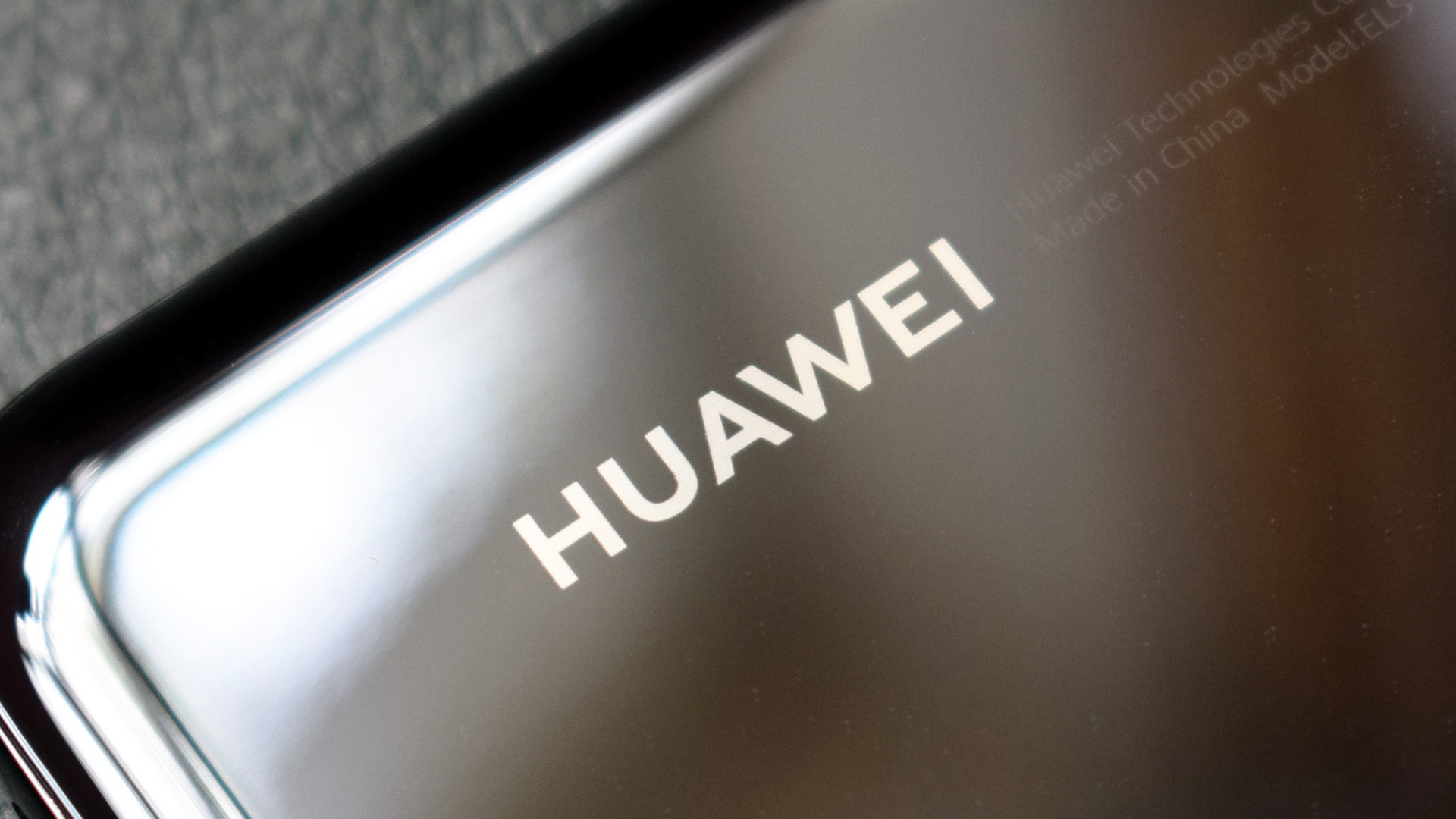
To call 2020 a difficult year for HUAWEI is an understatement. The US trade embargo left HUAWEI to sell handsets without Google services. Handicapping their appeal, and forcing the company to hastily patch up the gap with its own HMS alternative.
As the screw tightened, key chip manufacturing companies, such as TSMC, were banned from producing HiSilicon chips for HUAWEI. HUAWEI managed to place orders for its latest 5nm Kirin 9000 chipsets with TSMC before the September 15 2020 deadline. However, reports suggest that TSMC may have not been able to fulfill HUAWEI’s full order request and the company only has a limited supply of high-end processors left in stock as a result. In the long term, this leaves HUAWEI with the prospect of securing alternative chips from a rival, such as MediaTek. However, the real pain is already felt from losing the proprietary features and technologies that HiSilicon spent years building into Kirin. Without Kirin, it’s unlikely HUAWEI’s smartphones will remain the competitive force they have been for several years.
Without Kirin, HUAWEI's smartphones might never be the same again.
If that wasn’t a big enough hammer blow, HUAWEI is now also banned from buying foreign chips if they’re comparable to US-based (see Qualcomm) technology. Losing HiSilicon manufacturing partners was already a major setback and the increasingly strict rules leave HUAWEI with few options left to explore.
One potential workaround for HUAWEI is the fact that Qualcomm is allowed to supply it with certain 4G mobile chips. But that’s not exactly the best solution when everyone is moving to 5G.
The HiSilicon-Qualcomm rivalry
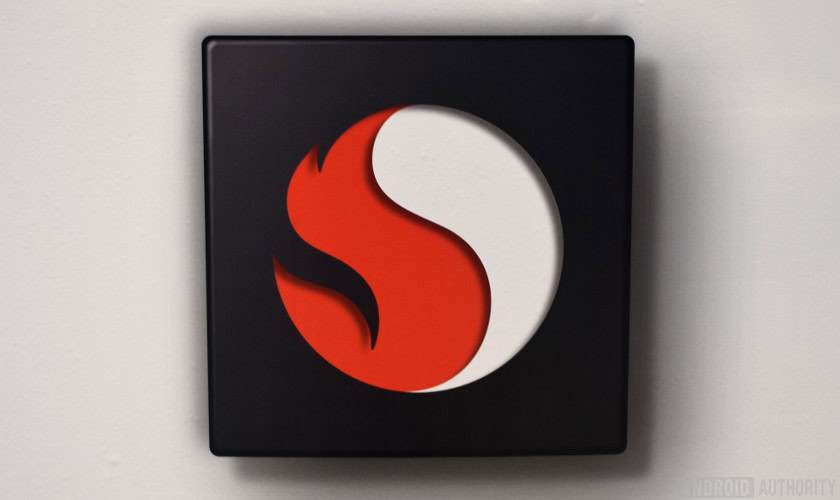
Some of the current chip tensions can be traced back to an old rivalry between HUAWEI and mobile processor giant Qualcomm.
HUAWEI used to be a major purchaser of Qualcomm’s Snapdragon processors and continued to use its chips in some of its more cost-effective HONOR smartphones in recent years (HUAWEI has now sold HONOR ). However, HUAWEI’s most popular recent smartphones are based solely on Kirin technology. As the company’s share of the smartphone market accelerated over the past five years, Qualcomm’s partners felt the squeeze.
Although Qualcomm’s Snapdragon still powers the majority of smartphone manufacturers, HUAWEI’s rise to the top three has produced a major rival. Speaking in a 2018 interview with The Information, a HiSilicon manager stated the company viewed Qualcomm as its “No. 1 competitor.”
However, the start of hostilities began well before HUAWEI’s mobile surge. It started shortly after HiSilicon announced its first mobile processors. Qualcomm began heavily redacting product information, despite HUAWEI still being a customer, concerned that the company may share information with HiSilicon. The company’s concerns perhaps weren’t unfounded, as HUAWEI employees noted that working on the Nexus 6P with Google taught them a lot about hardware and software optimization. Although nothing has ever been proven in court.
HUAWEI and Qualcomm are in closer competition than ever as they race for 5G and IoT related patents.
Outside of SoCs, the two giants have been battling it out for patents related to IoT and other connected technologies, particularly those involving 5G. Qualcomm has been the dominant holder of patents for the CDMA, 3G, and 4G industry standards, which, along with integrated modems in its chipsets, quickly thrust Snapdragon processors to the top of the Android ecosystem. This position is less secure with the rollout of 5G, as HUAWEI bulked up on patents for both consumer and industry 5G technologies, putting the two on another collision course.
HiSilicon Kirin SoC line-up
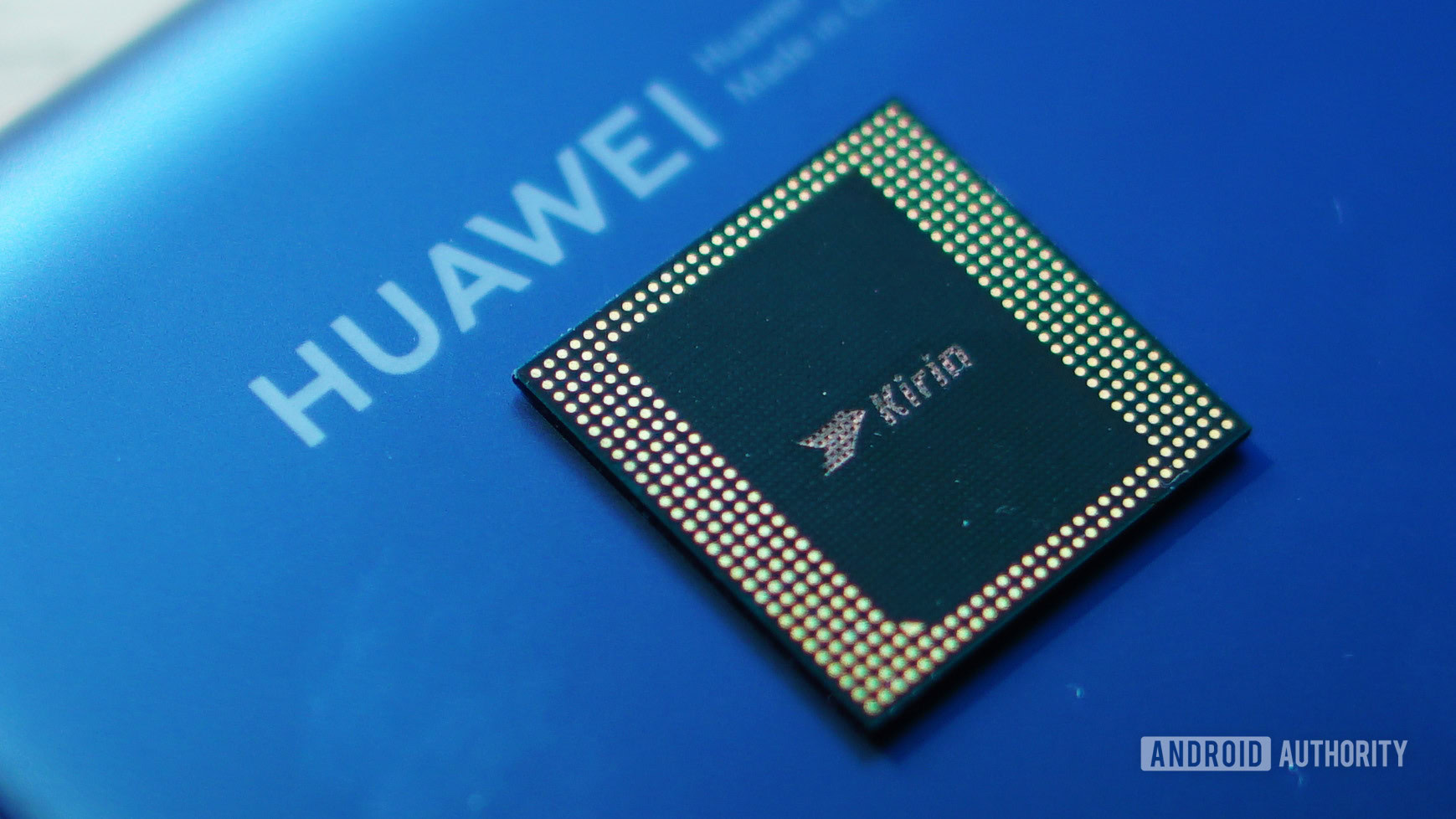
HiSilicon’s latest flagship SoC is the 5nm, 5G enabled Kirin 9000, powering the HUAWEI Mate 40 series. It’s the successor to the Kirin 990 found in the HUAWEI P40 series and the HONOR 30 Pro Plus.
As we have come to expect from a chip powering expensive top-tier models, there’s plenty of high-performance components packed inside. An octa-core Cortex-A77 and A55 configuration paired with a 24 core Mali-G78 graphics unit make this HiSilicon’s most powerful chip to date. Although not quite as cutting edge as its competitors, who are using newer Arm CPU cores. The company has also improved its in-house image and video processing units to support high-end photography features, along with a very competitive integrated 5G modem package. Another of the Kirin 9000’s most notable features is the inclusion of a triple-clusterNeural Processing Unit (NPU) based on HUAWEI’s in-house DaVinci architecture.
| SoC | Kirin 990 5G | Kirin 980 | Kirin 970 |
|---|---|---|---|
| SoC CPU | Kirin 990 5G 2x Cortex-A76 @ 2.86 GHz 2x Cortex-A76 @ 2.36 GHz 4x Cortex-A55 @ 1.95 GHz | Kirin 980 2x Cortex-A76 @ 2.6 GHz 2x Cortex-A76 @ 1.92 GHz 4x Cortex-A55 @ 1.8 GHz | Kirin 970 4x Cortex-A73 @ 2.4 GHz 4x Cortex A53 @ 1.8 GHz |
| SoC GPU | Kirin 990 5G Mali-G76 MP16 @ 600 MHz | Kirin 980 Mali-G76 MP10 @ 720 MHz | Kirin 970 Mali-G72 MP12 @ 746 MHz |
| SoC RAM | Kirin 990 5G LPDDR4X @ 2133 MHz 34.1 GB/s | Kirin 980 LPDDR4X @ 2133 MHz 34.1 GB/s | Kirin 970 LPDDR4X @ 1866 MHz 29.9 GB/s |
| SoC Storage | Kirin 990 5G UFS 3.0 | Kirin 980 UFS 2.1 | Kirin 970 UFS 2.1 |
| SoC Neural Processing Unit (NPU) | Kirin 990 5G DaVinci big/small architecture | Kirin 980 Yes, 2x | Kirin 970 Yes |
| SoC Modem | Kirin 990 5G 4G / 5G (integrated) 2300 Mb/s download 1250 Mb/s upload | Kirin 980 4G LTE Cat 21 1400 Mb/s download 200 Mb/s upload | Kirin 970 4G LTE Cat 18 1200 Mb/s download 150 Mb/s upload |
| SoC Process | Kirin 990 5G TSMC 7nm+ EUV | Kirin 980 TSMC 7nm | Kirin 970 TSMC 10nm |
For mid-range and more affordable phones, HUAWEI has its own Kirin 800 range. These chips target lower-end CPU and GPU performance points, but the Kirin 820 has 5G sub-6GHz support to keep up with its rivals. 700 and 600 model numbers used to be the lower end products, but these ranges have been retired. HUAWEI is also partial to using MediaTek-made SoCs in some cheaper phones too, more so in light of the trade ban.
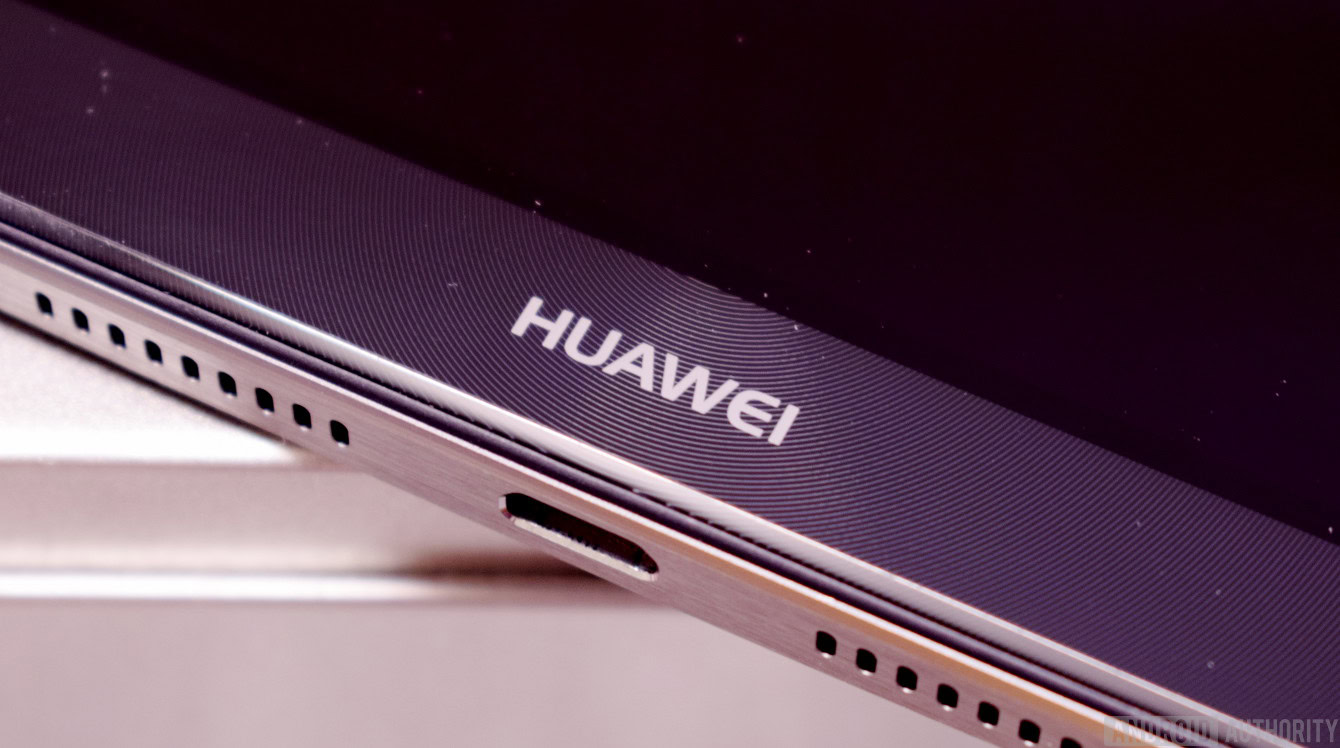
HiSilicon beyond 2021
HiSilicon, just like HUAWEI, has evolved quickly over the past half a decade. It has transitioned from a lesser-known player in the SoC game to a major company, rivaling the biggest names in the business. The chip designer’s influence has undoubtedly grown based on the success of HUAWEI and HONOR mobile brands. Although the latter is now a casualty of the ongoing US embargo.
Unfortunately for HUAWEI, the severity of 2020’s US trade restrictions makes it likely that the HUAWEI Mate 40 and upcoming P50 series will be the last phone sporting a Kirin processor. Depending on how far it can stretch its Kirin 9000 stock. After that, HUAWEI may find itself bidding to procure chips from some of its silicon rivals and losing out on some of its in-house unique selling points as a result.
What comes next for HiSilicon is far from certain, particularly where Kirin is concerned. China-based manufacturing for flagship chips isn’t viable in the medium-term and the range of other potential partners is shrinking fast. The fallout from anti-Chinese sentiment looks set to impact HUAWEI’s 5G infrastructure plans too, which again has knock-on effects for HiSilicon. The two business arms are inexorably interlinked, and it looks like a rough road ahead.